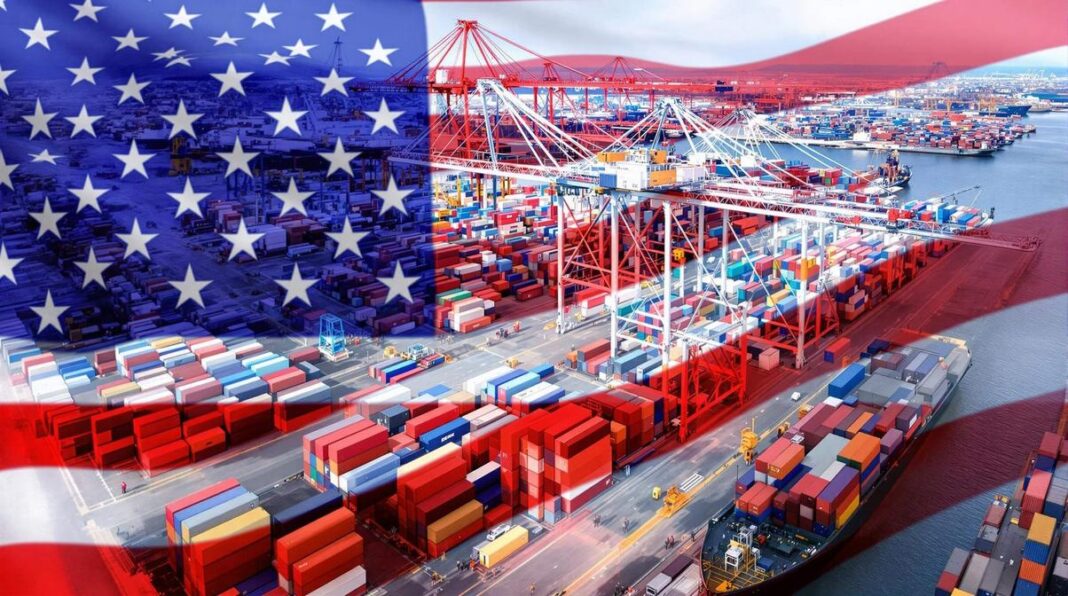The United States began collecting a 10% tariff on imports from multiple countries on April 5, 2025, marking a significant shift in U.S. trade policy and global economic dynamics.
The new tariff, implemented at 12:01 a.m. EDT, affects imports from several nations including Australia, Britain, Colombia, Argentina, Egypt, and Saudi Arabia. The measure is part of President Trump’s broader strategy to protect American industries and reduce the trade deficit.
“This is the single biggest trade action of our lifetime,” said Kelly Ann Shaw, highlighting the significance of the policy change.
The baseline 10% tariff includes a 51-day grace period for goods already in transit, extending until May 27, 2025. However, the policy introduces higher reciprocal tariffs for specific countries, ranging from 11% to 49%, which take effect on April 9, 2025.
China faces a 34% tariff rate, while Vietnam and Cambodia will be subject to 46% and 49% rates respectively. “Reciprocal. That means they do it to us, and we do it to them,” President Trump explained, outlining the principle behind the varying rates.
Several exemptions have been established, including crude oil, pharmaceuticals, semiconductors, and certain energy imports. Canada and Mexico are excluded from these new tariffs due to existing agreements under the USMCA and separate arrangements related to the fentanyl crisis.
The economic impact has been immediate, with global markets experiencing significant volatility. The S&P 500 has recorded a $5 trillion loss following the announcement.
“If the tariffs are maintained by the Trump administration and if other nations impose retaliatory tariffs, both the U.S. and other countries will suffer serious recessions,” warned Mark Zandi of Moody’s Analytics.
China has already responded with countermeasures, implementing additional levies on U.S. goods. The international community remains watchful as the full implications of these tariffs unfold, particularly regarding their impact on global supply chains and consumer prices.
“This is an economic revolution, and we will win,” stated President Trump, expressing confidence in the policy’s effectiveness despite mounting concerns from economists about potential inflation and recession risks.


